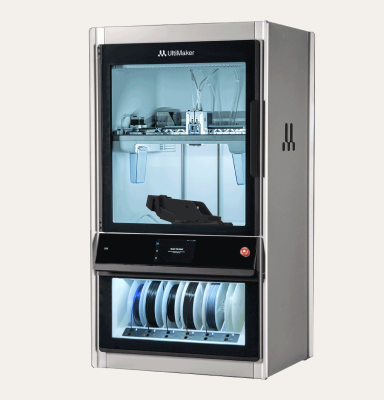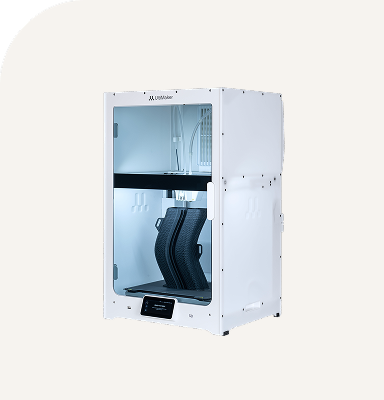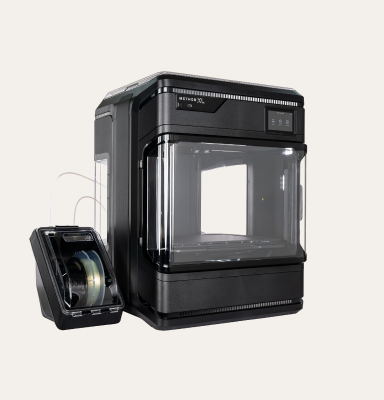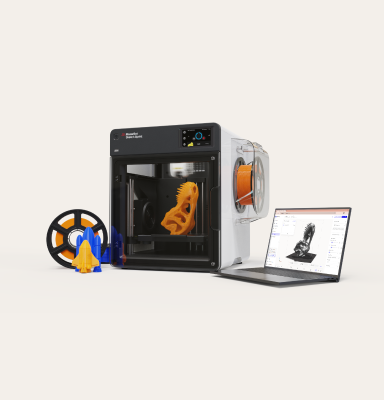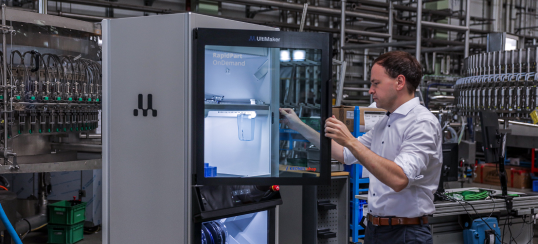CloudPrint has officially been shut down as of early December. We’re excited to introduce UltiMaker Digital Factory as its next-generation replacement—a cloud-based platform designed to make managing your 3D printers, projects, and teams easier than ever.
If you previously used CloudPrint to manage your workflow, now is the time to transition to Digital Factory and take advantage of a more flexible, scalable solution.
Our Newest Slicing Platform: Built for the Way You Work
Digital Factory is free to use and comes equipped with powerful tools to help you:
- Connect and manage 3D printers from anywhere
- Organize print files, projects, and submissions
- Assign roles and manage user access
- View print history and monitor usage
For teams and users who need expanded capabilities, premium tiers are also available.
→ Claim your free access and activation code
→ How to Move to Digital Factory
Since CloudPrint is no longer active, your printers are no longer connected through that platform. To continue printing, you'll need to manually connect your printers to Digital Factory.
We’ve created a set of resources to help you hit the ground running, including:
→ A Quick Start Guide for setting up your account and connecting printers
→ Helpful support articles for troubleshooting and setup
→ An offer to activate one year of free access to our premium tier. Available exclusively to former CloudPrint users. (Please fill the form here to get your process started)
Your Options:
We recommend moving to Digital Factory since it's built to grow with you. Whether you're managing a single printer or a full fleet, you’ll find the tools and support you need—all from a centralized, easy-to-use platform. Read below to explore all your options.
What About Slicing?
To slice your 3D files, you have a few options:
→ Use Digital Factory: A dedicated Cloud version of Cura is available in Digital Factory to make it easy to prepare prints directly from your browser.
→ Download Cura: For offline slicing or advanced options, Cura is a great choice.
Printer Compatibility Notice
At this time, the following legacy printers are not supported by Digital Factory:
- Replicator Z18
- Replicator 5th Gen
- Replicator Mini
- Replicator Mini+
The Replicator+ has limited support and cannot be connected over a network within Digital Factory. If you're using any of these models, we recommend continuing with MakerBot Print for slicing and printer management. If you're still using a Replicator Z18, Mini, or Mini+ you may use MakerBot Print (legacy) to continue printing.
If you have questions, our team is here to help. Make the switch today and experience a smoother, smarter way to manage 3D printing.

